Washington, D.C. — As the U.S. government shutdown stretches into its second week, one of the world’s largest private equity firms has stepped into an unusual role: labor economist. The Carlyle Group, known for its global investments spanning defense, infrastructure, and real estate, has unveiled proprietary employment data that paints a far bleaker picture of the U.S. job market than most analysts anticipated.
According to Carlyle’s in-house “macro index,” hiring momentum across its vast portfolio of companies slowed sharply in September 2025, with an estimated 17,000 net new jobs created nationwide — a fraction of the 150,000 to 170,000 monthly gains Wall Street had expected. The findings, based on aggregated payroll data from hundreds of Carlyle-owned businesses, offer a rare glimpse into real-time labor conditions at a moment when official U.S. government data remains frozen due to the funding impasse in Washington.
A Private Window Into the Real Economy
Carlyle’s analysis is not a typical investor report. It represents a growing trend in finance — where major private institutions are building their own economic models to compensate for the gaps left by delayed or incomplete government reporting.
The firm says its proprietary dataset draws from a mix of anonymized employment records, payroll activity, and business-level financial indicators across industries ranging from manufacturing and logistics to healthcare and energy. Combined, the dataset captures trends across more than 700,000 workers in the United States.
“Given the lack of official data, we wanted to provide an early and transparent signal about where the real economy stands,” a Carlyle spokesperson explained in a statement. “Our findings suggest that while job creation continues, the pace has decelerated meaningfully, especially in small and medium-sized enterprises.”
Subdued Job Growth and Sectoral Weakness
According to Carlyle’s index, the most pronounced weakness came from the manufacturing, retail, and transportation sectors — industries that had shown signs of softening even before the shutdown. Manufacturing employment, for instance, contracted for the fourth consecutive month, as inventories piled up and new orders slowed.
Meanwhile, retail hiring remained tepid, with major employers holding back on seasonal recruitment due to cautious consumer spending. The services sector, typically a resilient driver of job growth, showed mixed signals: healthcare and hospitality added modest headcount, but information technology and financial services slowed hiring significantly.
Carlyle also reported that average hourly earnings growth moderated to just 0.2% month-over-month, suggesting easing wage pressures after two years of strong labor-driven inflation.
The Broader Economic Backdrop
Carlyle’s findings arrive at a moment of mounting uncertainty for the U.S. economy. With federal data collection halted, investors have been flying blind. The Labor Department’s monthly jobs report — typically one of the most closely watched economic releases — was delayed, as were inflation and retail sales data.
This has forced market participants to rely on alternative sources of information, from credit card spending data to private payroll processors like ADP. Carlyle’s entry into this space adds a new layer of insight — one that comes directly from businesses that employ tens of thousands of Americans.
“The data reinforces what we’re hearing from many mid-market CEOs,” said an economist familiar with Carlyle’s model. “Hiring hasn’t collapsed, but it’s clearly cooled. Companies are more cautious, margins are tightening, and labor demand is plateauing.”
Implications for Federal Reserve Policy
The timing of this report is crucial. The Federal Reserve has been walking a tightrope between controlling inflation and avoiding a recession. For months, policymakers have pointed to the strength of the labor market as justification for keeping interest rates elevated.
If Carlyle’s internal estimates are correct, that narrative may soon shift. A slowdown in job creation — combined with moderating wage gains — could strengthen the case for interest rate cuts as early as the next policy meeting.
“This type of data might be exactly what pushes the Fed to pivot,” said a fixed-income strategist at a major investment bank. “If the labor market is rolling over, they’ll have a hard time maintaining current rates without risking a deeper slowdown.”
Private Sector Filling the Data Void
The government’s paralysis has inadvertently opened the door for private data providers to gain influence. Firms like Bank of America, Visa, and Mastercard already publish proprietary spending indices based on transaction data. Carlyle’s move extends that model to employment — an area that has historically been dominated by public agencies.
The firm’s experiment may also signal a shift in how macroeconomic information is generated in the modern era. With vast troves of real-time data now available to corporations, traditional government surveys may soon be complemented — or even challenged — by private sources that can move faster and cover more granular ground.
Still, analysts caution against treating such private indices as gospel. Carlyle’s data, while robust, reflects its own portfolio — which may skew toward industries with larger workforces and more formalized structures. Sectors such as gig work, small-scale agriculture, and independent contracting remain largely outside its scope.
Wall Street Reacts Cautiously
Markets initially reacted with modest unease to Carlyle’s findings. Futures tied to major U.S. indices slipped slightly in pre-market trading as investors digested the weaker-than-expected job figures. Treasury yields, meanwhile, edged lower, signaling renewed expectations of a possible rate cut before year-end.
“The market is trying to balance two forces,” one analyst noted. “On one hand, a soft labor market could mean the Fed is done hiking. On the other, it might mean the economy is slowing more sharply than we thought.”
The U.S. dollar weakened slightly against major currencies, reflecting the shift in rate expectations. Energy prices, too, dipped after Carlyle reported a 3.8% decline in energy costs across its holdings — suggesting reduced industrial activity.
Can Private Data Replace Public Reports?
The episode raises a deeper philosophical question: should private entities play a larger role in macroeconomic measurement?
Supporters argue that with today’s digital infrastructure, private datasets can provide more frequent and accurate updates than government surveys, which often rely on delayed or sampled responses. Critics, however, warn that the privatization of data could lead to opacity, bias, and unequal access — with large investors gaining insight long before the public.
For Carlyle, the initiative may serve a dual purpose — contributing to public discourse while reinforcing its image as a data-driven investment powerhouse. The firm has already hinted that it plans to publish similar monthly insights until the government shutdown ends, effectively positioning itself as a temporary stand-in for the Bureau of Labor Statistics.
What Comes Next
Until official data resumes, Carlyle’s report may serve as one of the few credible proxies for the health of the American labor market. The coming weeks will determine whether this slowdown proves temporary or marks the start of a deeper correction.
If job growth remains this weak through the fourth quarter, economists warn it could ripple across consumer confidence, corporate earnings, and credit markets — forcing a broader reassessment of U.S. economic resilience heading into 2026.
For now, one thing is clear: in the absence of Washington’s data, Wall Street will take its cues from wherever reliable numbers can be found — even if that means looking to private equity for answers about Main Street.


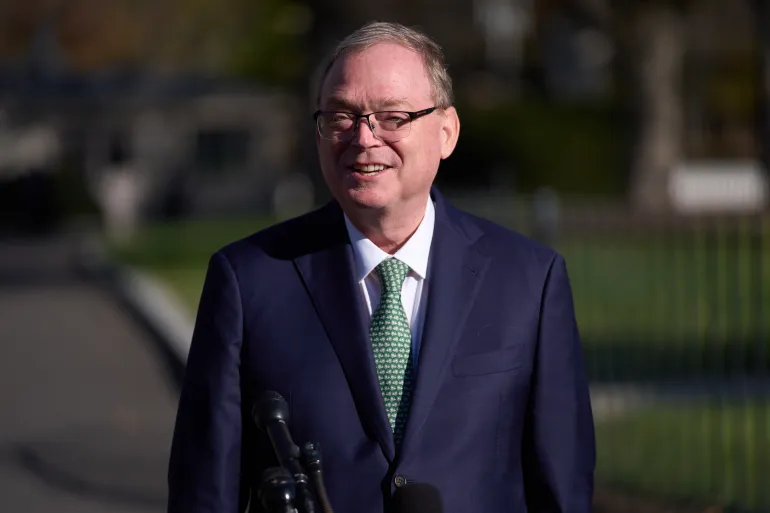

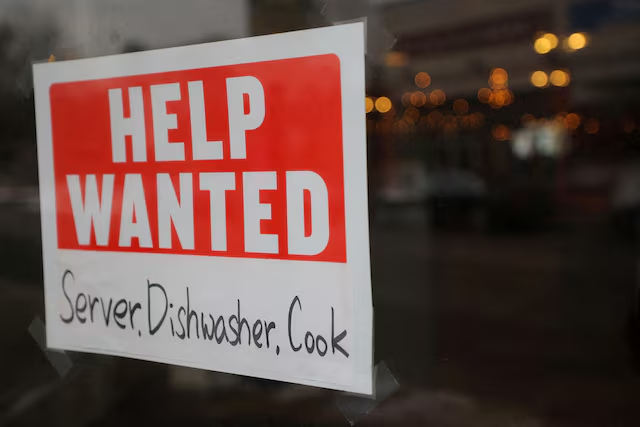

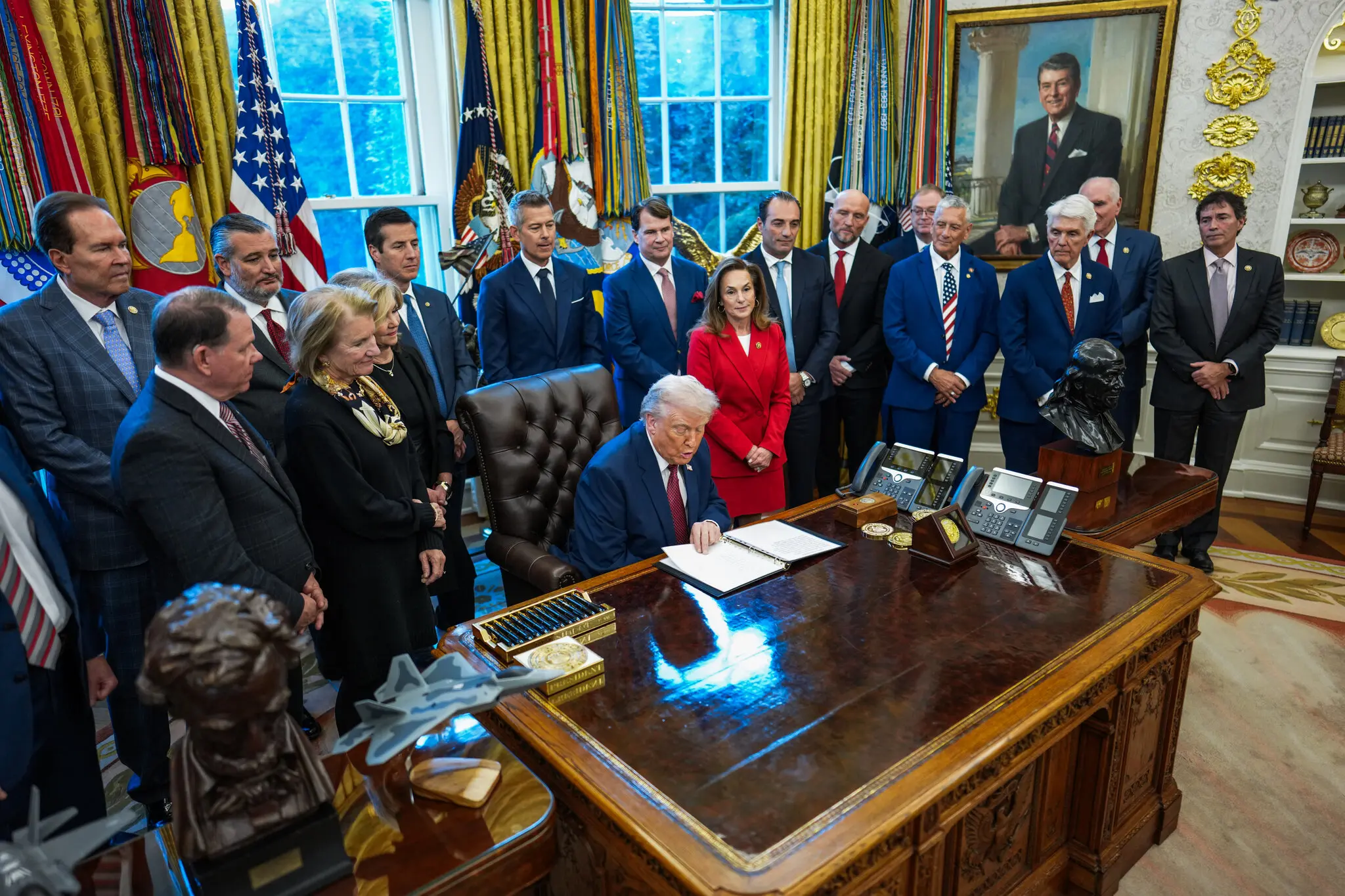

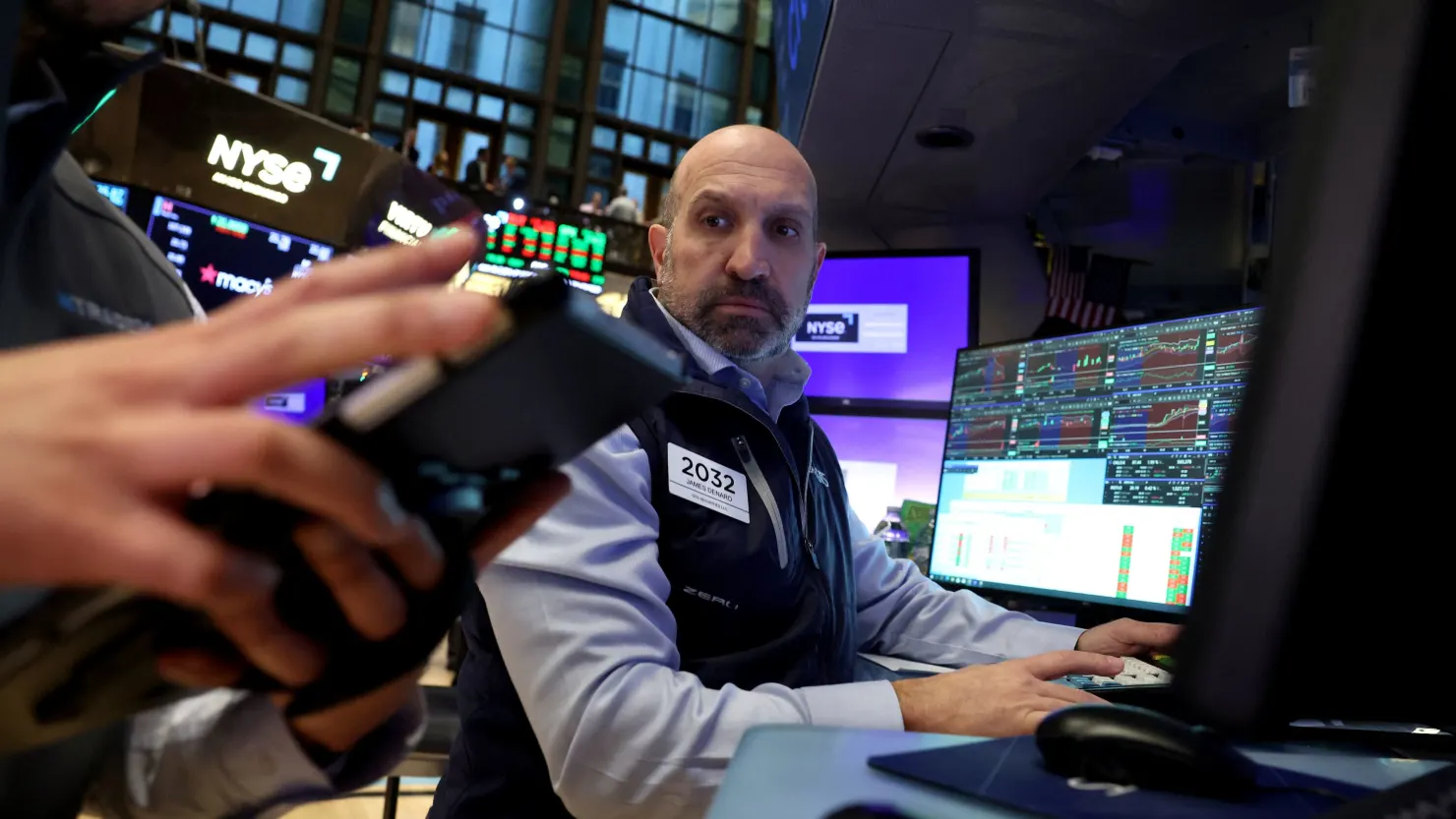

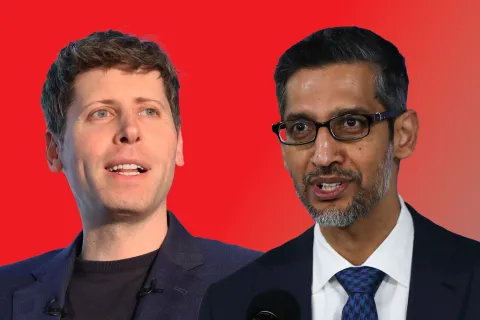
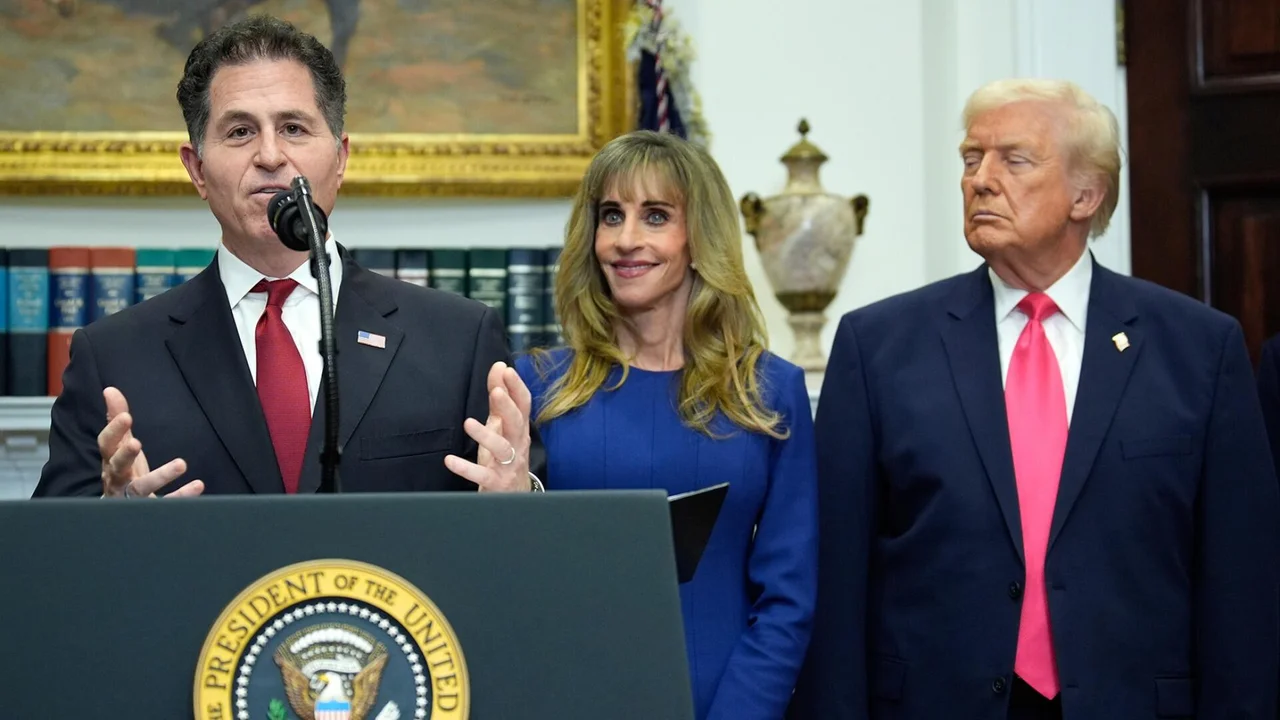




Leave a Reply